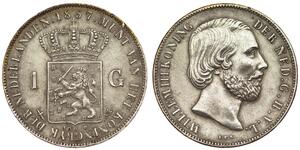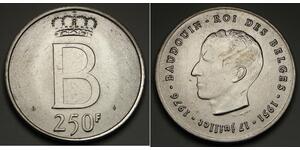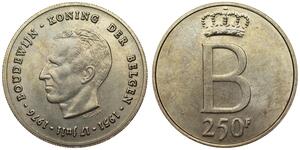(продана за $77.0)
1528, Carmagnola, Michele Antonio di Saluzzo. Silver Cornuto Coin. VF-
Condition: MIR 146.
Denomination: Cornuto
Mint period: 1504-1528
References: KM-728, KM-.
Composition: Silver (gold plating remains!)
Diameter: 30mm
Weight: 5.68gm
Obverse: Saint Constantine, holding banner and riding on horse right. Annulet (mint mark?) below.
Legend: SANCTVS CONSTANTINVS
Reverse: Shield, topped by tournament-helmet with family arms of the Marquess of Saluzzo (Michele Antonio del Vast).
Legend: MICHAEL ANT M SALVTIARV
Michele Antonio del Vasto (26 March 1495 – 18 October 1528) was the Marquess of Saluzzo from 1504 until his death. Born in Saluzzo, the elder son of Ludovico II of Saluzzo and Margaret of Foix-Candale, he was Count of Carmagnola until he succeeded to his father. He took part, initially alongside Ludovico, in the Italian Wars of Louis XII and Francis I of France. In particular, he distinguished himself at the Battle of Pavia (1525). Michele Antonio died for the wounds from a cannonball at the Battle of Aversa. According to his last will, he was buried in the church of Santa Maria in Aracoeli in Rome, while his heart was kept in Piedmont. A ballad about the wounded marquess explaining his last will was popular among the Italian Alpini during World War I.
Carmagnola is a comune (municipality) in the Province of Turin in the Italian region Piedmont, located 29 kilometres (18 mi) south of Turin.
The municipality was founded during the 11th century. The land, originally owned by the Arduinic dynasty, passed to the Marquisate of Saluzzo, who had a castle built here. The Saluzzo dynasty soon underwent a rapid decadence ending with a French domination period which lasted 40 years. In 1588 Carmagnola became a possession of the House of Savoy, when Charles Emmanuel I besieged and conquered it. French took possession of Carmagnola a second time during the 17th century, during the civil war between Madamisti and Principisti (supporters of the French and the Savoy dynasty respectively). In this period (1637-1642), the three main subdivisions were raised to the ground as they were conflicting with the defence structures, and immediately re-built around 1.5 km from their original position, where they still are at the present time.
In 1690 the city was once again occupied by the French general Catinat, but just one year later Victor Amadeus II of Savoy brought it back among Piedmontese possessions. While its defence buildings were being demolished and its strategic role was progressively decreasing in importance, the town could finally develop agriculture and commerce, mainly of hemp and ropes, which were exported in great quantity to Liguria and souther France. The characteristic of both agricultural and commercial site remained important until after World War II, which caused a massive immigration and a rapid urbanistic expansion.

|
Добавив:
anonymous 2016-04-19 |
1 Гульден Королівство Нідерланди (1815 - ) Срібло
в групі 5 монет / 5 цін
⇑
250 Франк Бельгія Срібло Леопольд III (король Бельгії)
в групі 7 монет / 7 цін
⇑







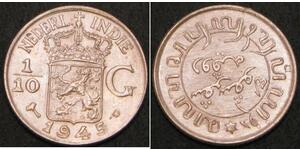
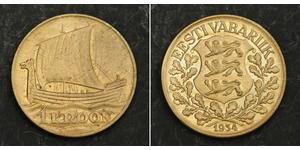

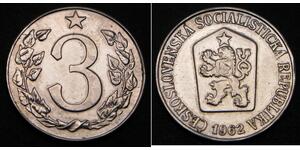

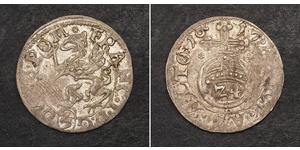


-300-150-nRgsHgTyozIAAAGW7ltyjN9I.jpg)
